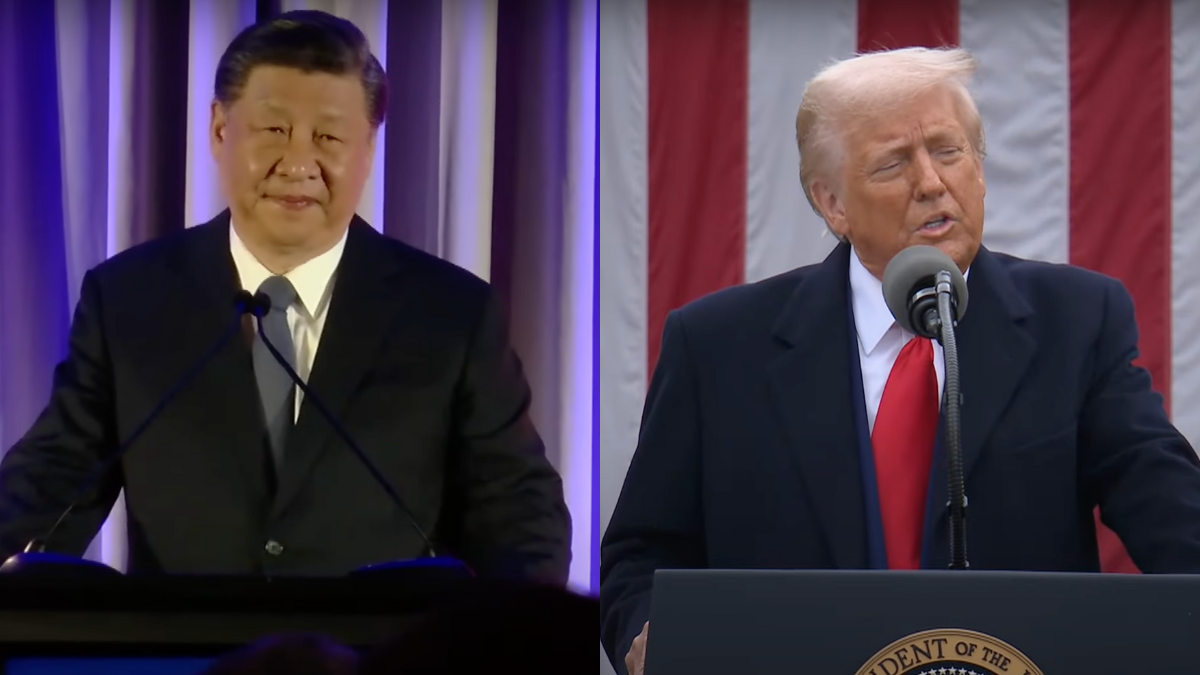Understanding Two Aspects of Mining Money
Junior mining companies often face significant challenges in securing adequate financing, as they typically lack reliable revenue streams despite incurring ongoing operational costs. To address these financial hurdles, many have turned to alternative financing strategies such as royalty and streaming arrangements.
**Royalty Arrangements**: These agreements involve upfront capital payments from an investor in exchange for a percentage of the revenue generated from the production of mined resources. While they can provide much-needed funds, they also represent a long-term claim on future earnings, potentially lasting for the life of the mine. Investors should remain aware of any financial obligations tied to such arrangements.
**Streaming Arrangements**: Unlike royalties, streaming involves forward purchase agreements where the investor pays upfront for a portion of the mine’s output, typically at a discounted rate. This often pertains to by-products rather than primary resources. While these arrangements can aid junior miners in raising funds, they too come with risks, especially if the mining operations don’t materialize successfully.
Although both financing methods can alleviate cash flow strains and allow for exploration activities, they do not completely eliminate operational risks. If a mine fails to reach production, it poses significant existential risks for junior miners, necessitating thorough due diligence by investors considering these opportunities.
Disclosure: Some of the links below may contain affiliate links at no additional cost to you and may earn Liftable Media a commission on purchases. By making purchases through these links, you’ll be helping to support The Western Journal.
Probably the biggest challenge for junior mining companies is no secret to anybody …
Cash.
Like we mentioned before, juniors tend to be money sponges. They generally don’t have a revenue stream that they can rely on to carry out their exploration. On the other hand, they still have costs they need to cover.
Add to that challenge, the fact that they’re in an inherently risky business — one where volatile price swings and underperforming drill results can put a major crimp on their mining efforts.
Every attempt, every round of drilling puts a drain on their capital resources.
But nevertheless, they’re critical to the mining industry at large because they are responsible for uncovering the deposits that eventually will go into powering our world.
Many have turned to what you might call “creative” financing.
Here are two related arrangements that investors in junior miners should know about.
No.1: Royalty Arrangements
Royalty arrangements aren’t new. In fact they go back to nearly medieval times.
Originally they were basically payments of some percentage of production in exchange for the right to work a landholder’s parcel of land. Today, however, that concept has been somewhat modified to allow for a two-way flow of cash.
Today’s royalty agreements, especially in the mining industry, include an upfront infusion of capital by the party who owns the resource — basically a payment to the company who’s doing mining. In exchange for the upfront payment, they get a percentage of the proceeds earned from the sale of the mined ore.
According to McKinsey:
Royalty deals are normally commodity agnostic and based on overall project revenues; the royalty company never actually “sees” the commodities that the mine produces, but rather just receives a of the revenue generated (the royalty).
A related form of alternative financing is known as …
No.2: Streaming Arrangements
Streaming arrangements are a fairly new financing mechanism designed to bolster what was perceived to be an undervalued asset. As McKinsey explained:
The arrival of the precious-metals streaming business model is often attributed to Wheaton River: while seeking to raise funds in 2004 to expand its core business of gold mining, the company conceived the idea of streaming silver by-product from the San Dimas gold mine in Mexico to a new subsidiary company, Silver Wheaton. In the world’s first streaming agreement, Silver Wheaton purchased yet-to-be-produced silver from Wheaton River’s operations in Mexico in return for an up-front payment and additional payments on delivery of the silver.
These arrangements also involve upfront payments to a mining company.
But differing from royalty arrangements, these aren’t “commodity agnostic.”
Streaming arrangements typically involve transfer of an actual product being mined — it’s a forward purchase agreement at a discounted price. And often they don’t involve the main ore being mined but rather some by-product of that ore (like silver that gets processed while mining for copper).
What Should Investors Know?
Both of these alternative financing strategies can be a boon for junior miners. Ones that offer significant advantages over more traditional methods of capital raising like issuing debt or equity.
But there are a couple issues that investors need to be aware of all the same.
While royalty and streaming arrangements can be helpful for a junior miner looking for more creative means of financing, they also represent a claim on future earnings for a company. And they can run as long as the life of the mine. So while they can make life easier for the junior, investors should be aware of what, if any monies or assets, might be owed and for how long.
And while they do fund exploration efforts, they also don’t eliminate operational risk from the junior’s plate. Should an investment company buy a royalty on an asset that never materializes, they simply book the loss and move on to the next opportunity.
On the other hand, if a mine never goes into production, it could be an existential threat where the junior miner is concerned.
Just another thing mining industry investors need to keep on their radar when doing their due diligence on prospective opportunities …
" Conservative News Daily does not always share or support the views and opinions expressed here; they are just those of the writer."





Now loading...